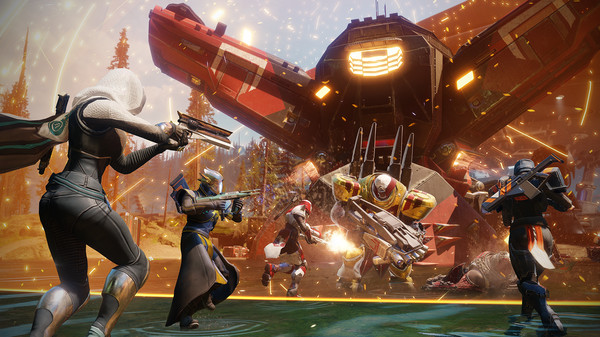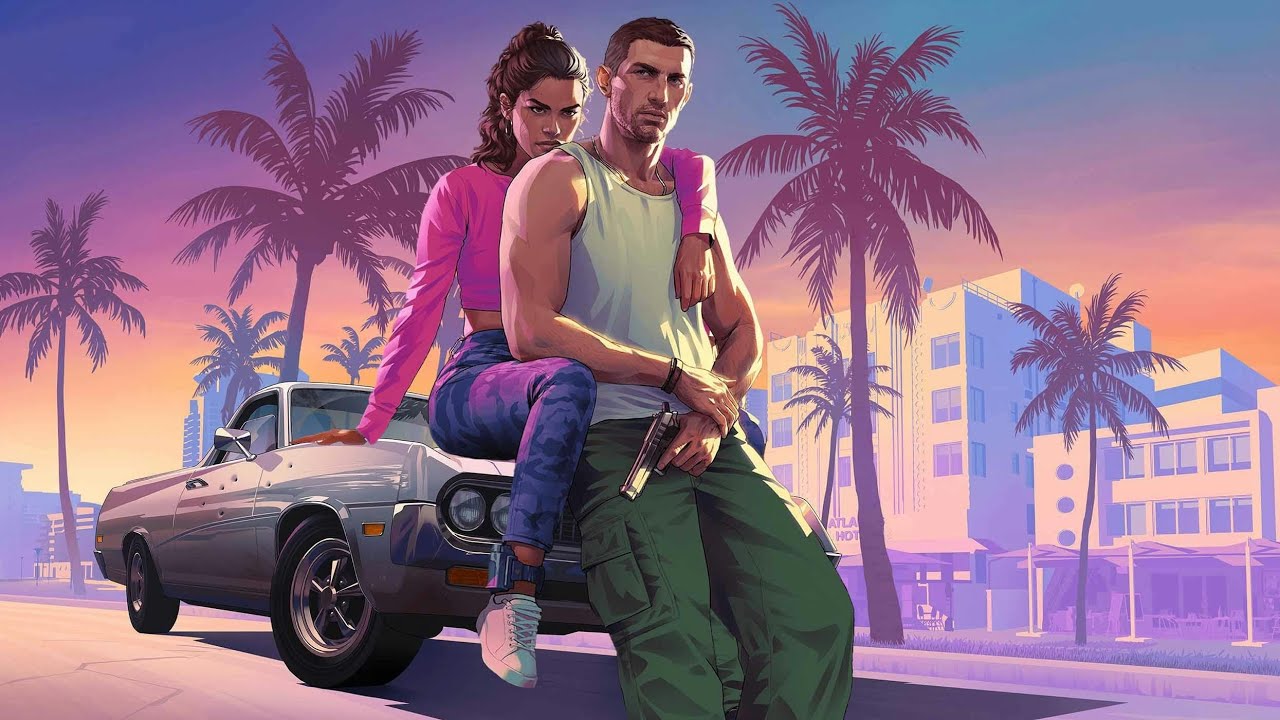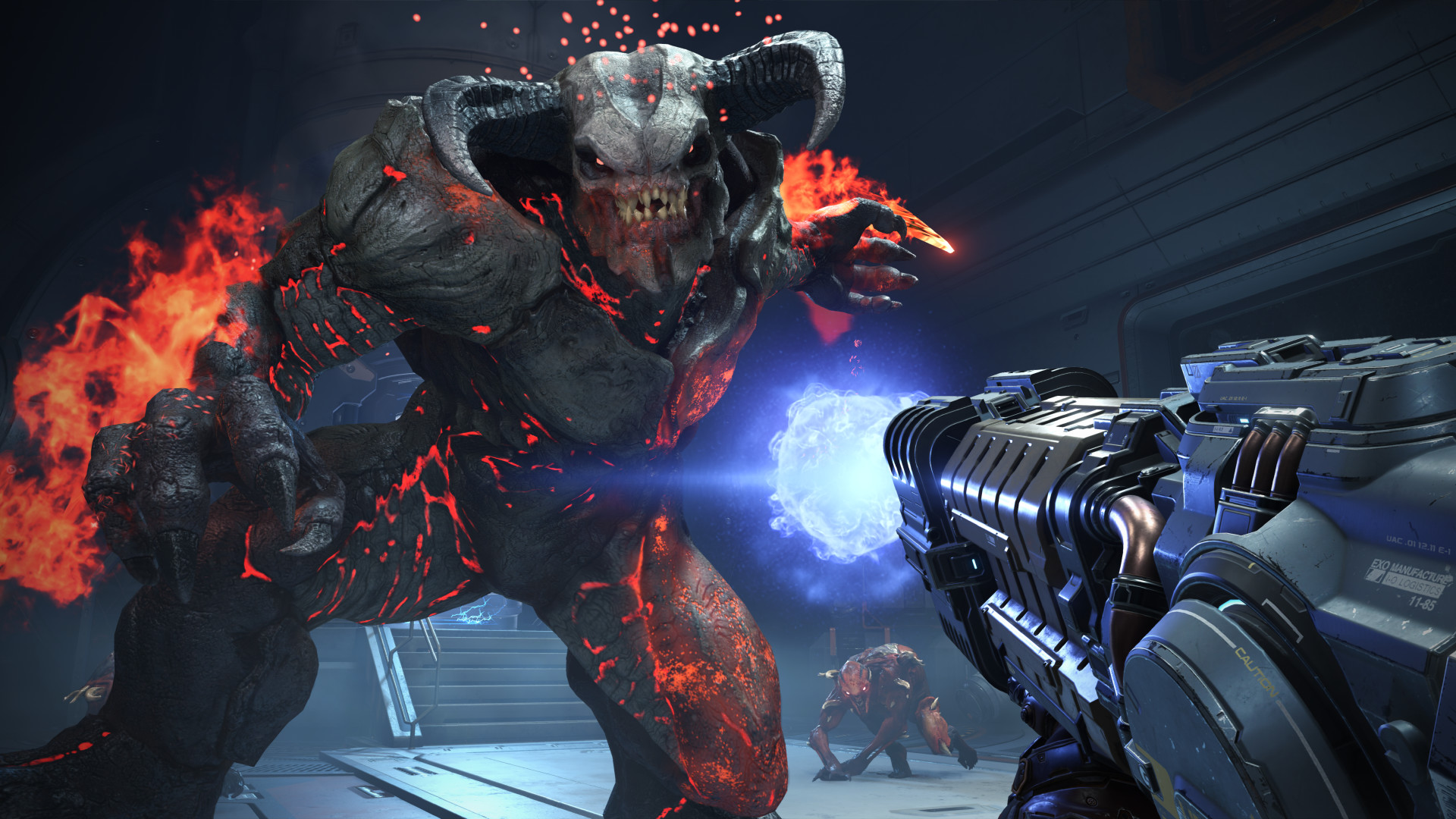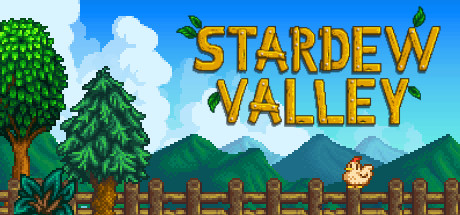
Bungie’s Destiny 2 Lawsuit: How Content Vaulting Complicates a Plagiarism Battle
Introduction
Bungie, the acclaimed developer behind Destiny 2, is currently embroiled in a high-profile copyright lawsuit that has captivated the gaming community and industry watchers alike. The case alleges that Bungie plagiarized significant story elements from an unpublished sci-fi narrative authored by Matthew Kelsey Martineau, known by his pen name Caspar Cole. What makes this lawsuit particularly notable is how Bungie’s own content management practices have inadvertently complicated its legal defense.
Background of the Lawsuit
The lawsuit was filed in late 2024, accusing Bungie of copying key concepts from Martineau’s work for Destiny 2’s original Red War campaign and the Curse of Osiris expansion. Martineau claims that Bungie lifted ideas including factions like the Red Legion and narrative elements such as a giant celestial object looming over Earth.
Bungie has denied all allegations and sought to dismiss the case. However, a U.S. federal judge has rejected Bungie’s motion to dismiss, allowing the lawsuit to proceed.
The Vaulting Problem: How Bungie’s Content Removal Backfired
A major hurdle for Bungie’s defense is the company’s practice of “vaulting” older content. As part of its ongoing efforts to manage the sprawling Destiny 2 universe, Bungie periodically removes legacy content-including the Red War and Curse of Osiris campaigns-from the live game. This content vaulting is intended to streamline the game’s size and technical complexity but has made it impossible for Bungie to produce playable versions of these campaigns for court examination.
In court filings, Bungie admitted it cannot provide the original game versions containing the disputed storylines due to incompatibility with the current game framework. Instead, Bungie submitted third-party sources such as YouTube lore videos and fan-maintained wiki pages (Destinypedia) to demonstrate differences between its work and Martineau’s claims.
Court’s Response: Third-Party Evidence Rejected
Judge Susie Morgan ruled that these third-party materials are insufficient and inadmissible as evidence because their authenticity cannot be verified. The court emphasized that a proper side-by-side comparison requires direct access to the original game content, which Bungie cannot provide. Consequently, the judge denied Bungie’s motion to dismiss and allowed the case to continue, stating that the matter requires a more detailed discovery process.
Expanded Claims and Ongoing Legal Battle
In March 2025, Martineau expanded his lawsuit to include allegations that Bungie also copied his work for the Curse of Osiris expansion, asserting that Bungie appropriated characters, dialogue, and worldbuilding elements from his unpublished stories.
This legal battle highlights the challenges live service games face when managing vast, evolving content libraries, especially when legacy content is removed or altered.
Conclusion
Bungie’s ongoing lawsuit over Destiny 2’s story plagiarism claims underscores a complex intersection of intellectual property law and modern game development practices. The developer’s content vaulting strategy, while beneficial for game maintenance, has inadvertently weakened its legal position by removing crucial evidence from accessible formats. As the case proceeds, it will be a landmark example of how evolving game ecosystems can impact copyright disputes in the gaming industry.
Gamers and industry observers will be watching closely as this lawsuit unfolds, with potential implications for how studios handle legacy content and intellectual property rights in the future.


